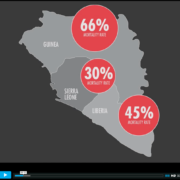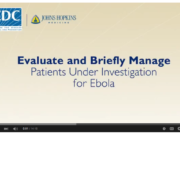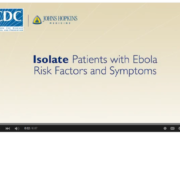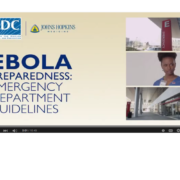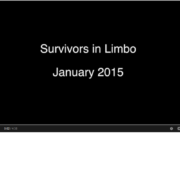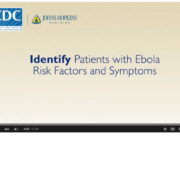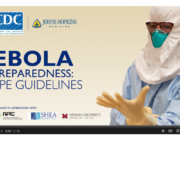Video: Learning, to Prevent the Next Outbreak
Last month, the USAID-funded MEASURE Evaluation Project released a video, available in both English and French, reflecting on the 2014 Ebola response within Guinea. Details below from their description:
Guinea was ground zero for the 2014 outbreak of Ebola virus, and health experts were concerned that other critical health issues such as routine care for maternal and child health, might suffer because of clinic closures or fears of contracting the virus. MEASURE Evaluation conducted a rapid assessment to understand better the effects of Ebola and published a journal article on the results, authored by Janine Barden O’Fallon, Alimou Barry, Paul Brodish, and Jack Hazerjian. Read it at measureevaluation.org/resources/publications/ja-15-198.

